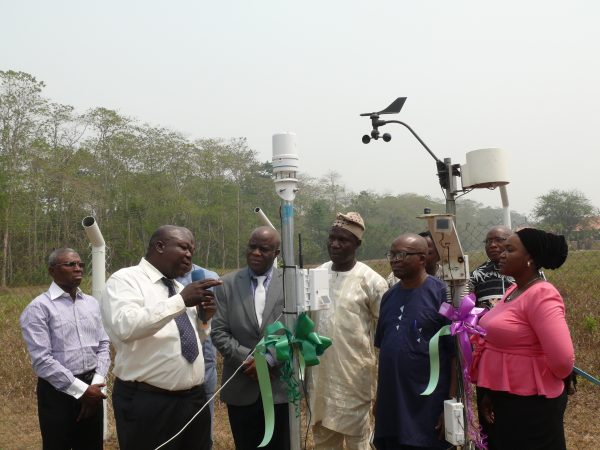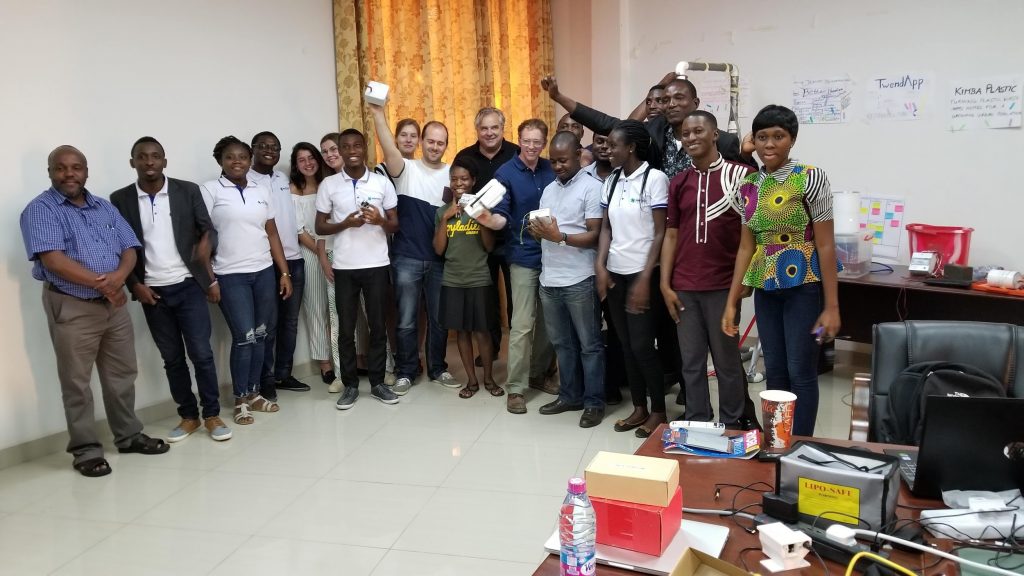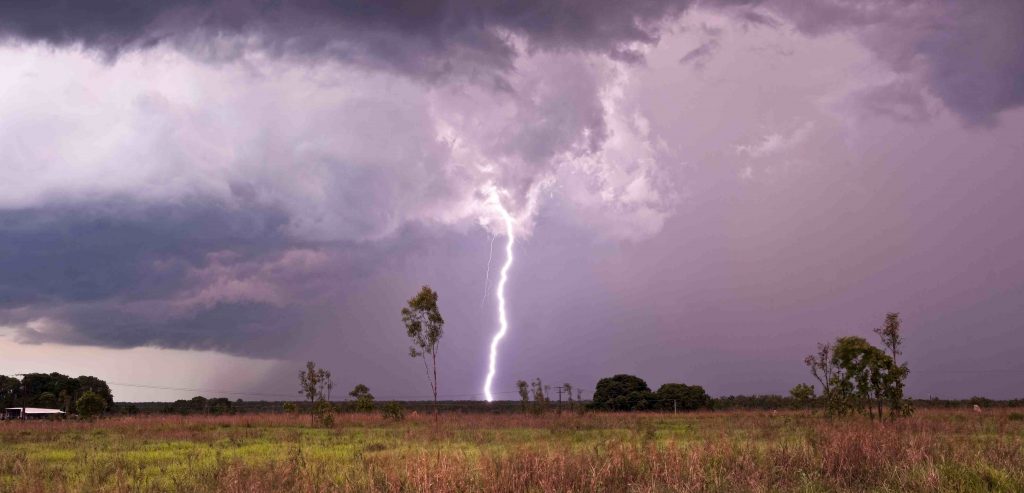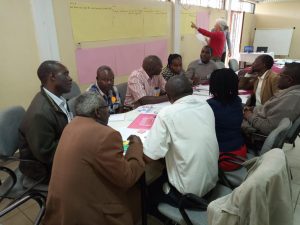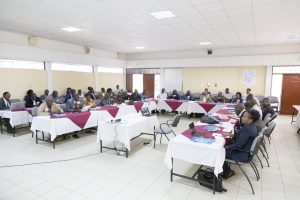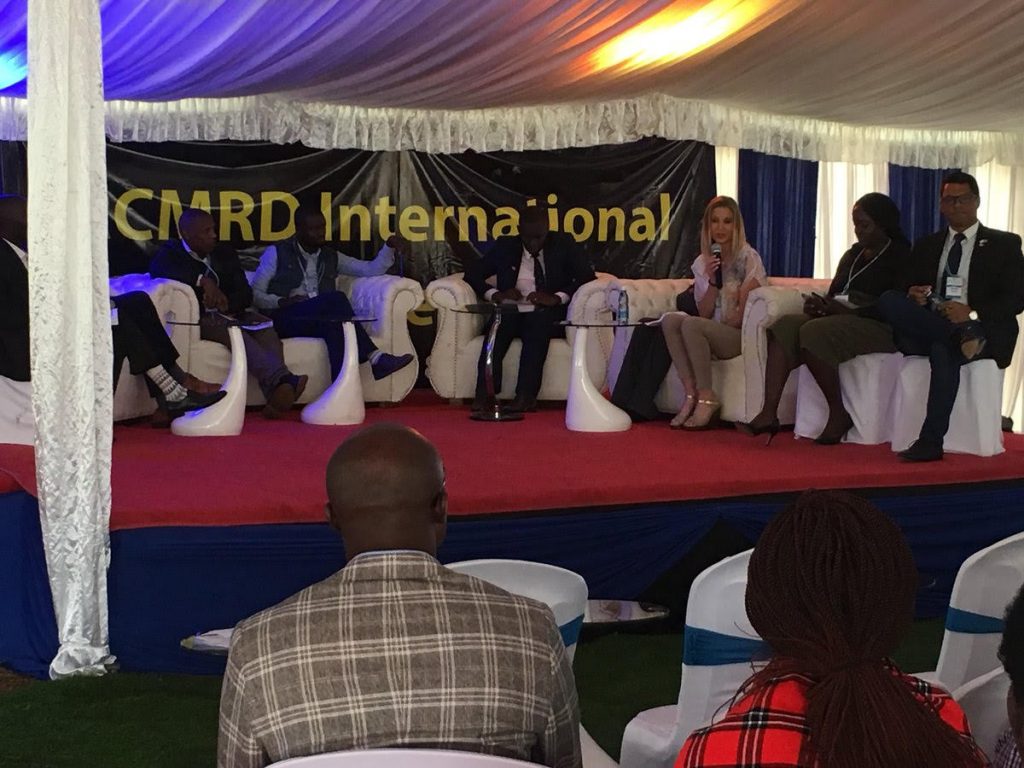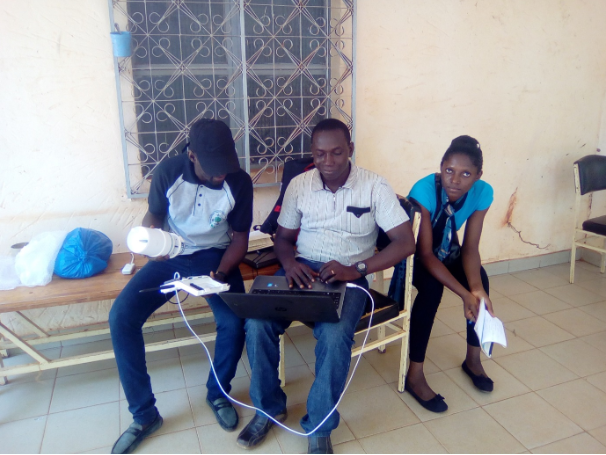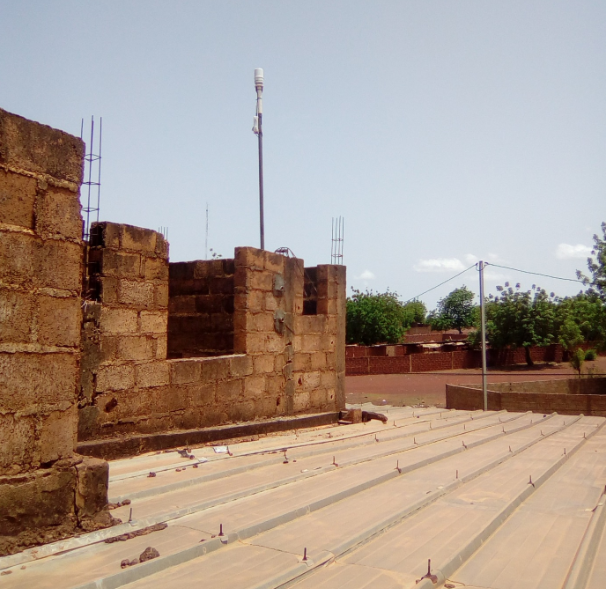Vulnerability to Blue Tick will likely increase in the coming years in Laikipia County in Kenya unless stakeholders intervene. This is according to Peter Mbugua, a Geospatial Information Science and Remote Sensing student at Dedan Kimathi University in Nyeri, Kenya.
Influences of climate changes in the spatial and temporal variation of tick-borne diseases (TBD) are frequently overlooked by researchers. Consequently, there are no effective control strategies and measures to minimize the spread of TBDs. This results in the loss of livestock, lower productivity, decrease in human health and reduced income from (agro)tourism.
Peter has identified areas in Kenya for low, middle and high risk of TBD. Through using GIS-based Multi-criteria evaluation – including humidity, rainfall, temperature, wetlands, rivers, and slope of the county – Peter determined that the changing trends in weather patterns in the last 15 years continue to favor parasite survival.
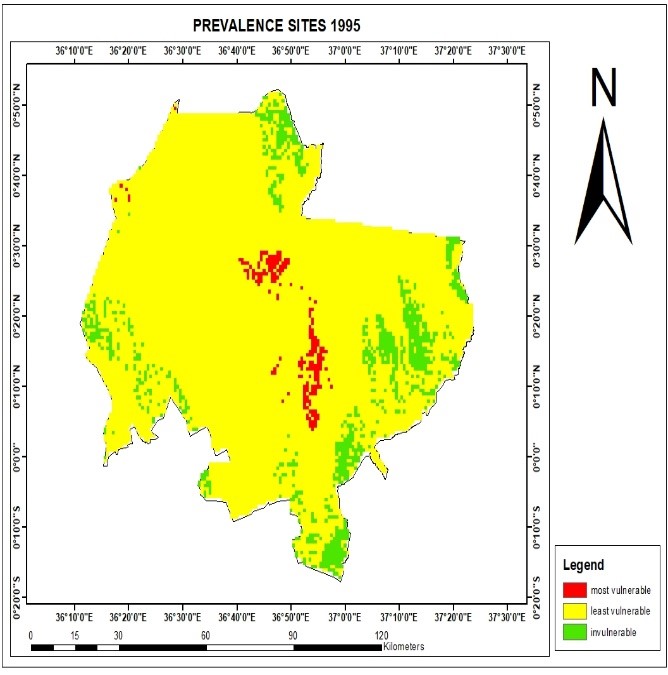
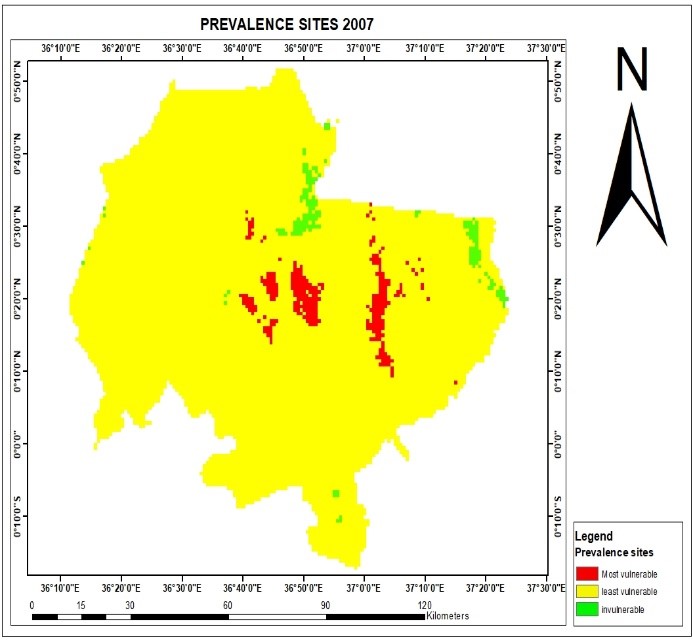

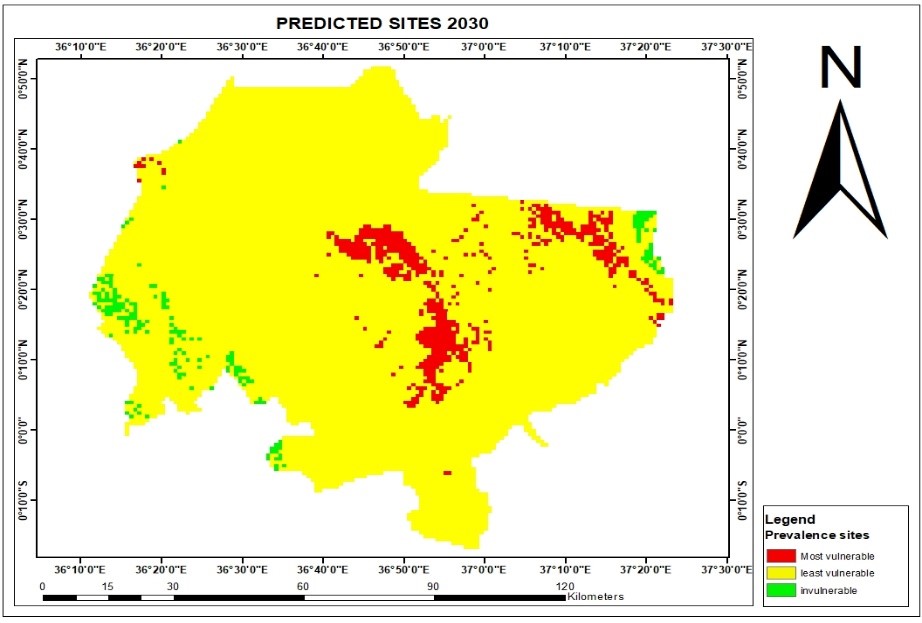
These results can be used to implement measures to counter the spread. For example, high-risk areas can be sprayed and pastoralists can be informed about farm &-livestock management to prevent the spread of tick-borne diseases.
**Written by Peter Mbugua

